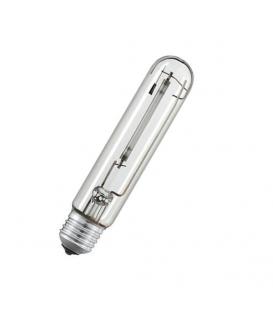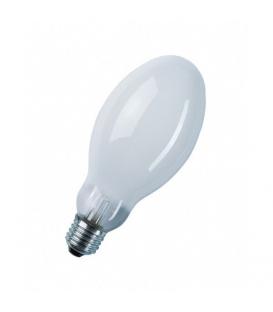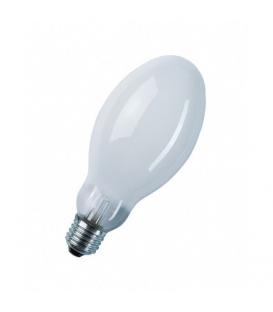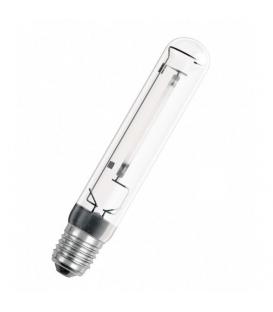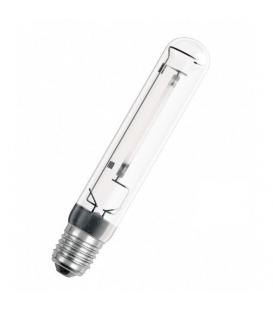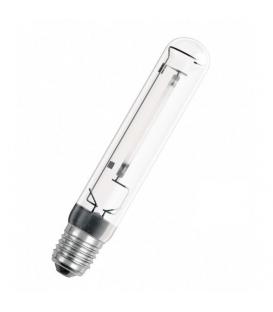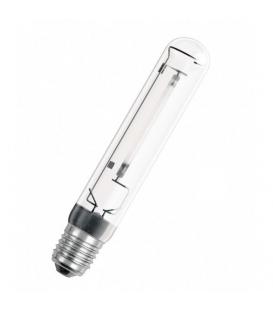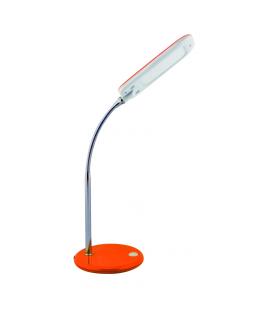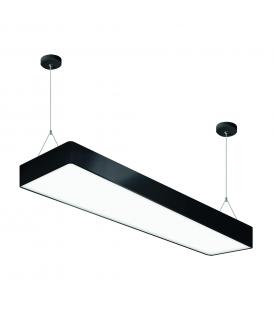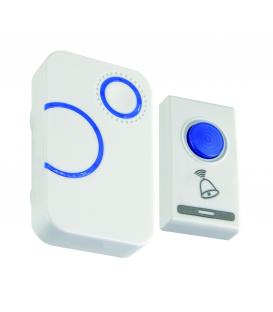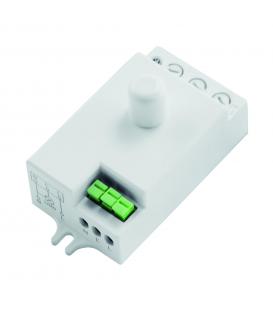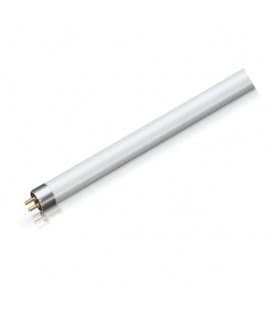Sodium lamps high intensity efficient outdoor lighting

Sodium lamps, also known as sodium vapor lamps, are a type of high-intensity discharge (HID) lamp that produce light by exciting sodium vapor with an electric arc. They are commonly used for outdoor lighting, industrial applications, and specialized indoor lighting. Sodium lamps are known for their distinctive yellow or orange glow, which is a result of the specific wavelengths of light they emit.
Detailed Description:Sodium lamps consist of a bulb containing a small amount of metallic sodium, along with a noble gas (usually xenon or neon) to facilitate the starting process. Inside the lamp, an electric arc is created between two electrodes, which heats up the sodium and causes it to vaporize. As the vaporized sodium atoms return to their ground state, they release energy in the form of light. The emitted light primarily consists of two prominent wavelengths: a doublet in the yellow-orange range at approximately 589 and 589.6 nanometers.
Explanation of Benefits:
- Efficiency: Sodium lamps are relatively energy-efficient compared to some other types of lighting, such as incandescent bulbs. They produce a significant amount of visible light for the energy consumed, making them suitable for outdoor and industrial lighting where high intensity is required.
- Longevity: Sodium lamps have a relatively long lifespan, which reduces maintenance costs and the need for frequent replacements.
- Color Rendering: While sodium lamps produce a characteristic yellow-orange light, this can be advantageous in certain applications where color accuracy is not critical. For instance, they are often used for street lighting and security lighting, where distinguishing between colors is less important.
- Cost-Effectiveness: Sodium lamps are generally cost-effective in terms of both initial purchase and operational expenses. Their long lifespan and energy efficiency contribute to lower overall costs.
Areas of Applications:
- Street Lighting: Sodium lamps are commonly used for street lighting due to their high intensity and energy efficiency. They provide adequate illumination for roads and pedestrian areas.
- Security Lighting: The strong and distinct yellow-orange light emitted by sodium lamps helps enhance visibility in areas where security is a concern, such as parking lots, warehouses, and industrial sites.
- Industrial Facilities: Sodium lamps are utilized in various industrial settings, such as factories and manufacturing plants, where high-intensity lighting is essential for safety and productivity.
- Outdoor Area Lighting: Parks, public spaces, and outdoor sports facilities often use sodium lamps to illuminate large areas effectively.
- Agricultural Applications: Sodium lamps can be used for greenhouse lighting and other agricultural purposes, as they provide the necessary intensity for plant growth without requiring excessive energy consumption.
- Astronomical Observations: Some observatories use specialized sodium lamps to create artificial guide stars in the Earth's mesosphere, which helps in correcting atmospheric distortions and improving the quality of astronomical observations.
- Light Pollution Reduction: In certain urban areas, low-pressure sodium lamps are used to reduce light pollution, as their monochromatic light emission can help minimize light scattering and glare.
Despite their benefits, sodium lamps also have limitations. Their characteristic yellow-orange light can distort color perception, making them unsuitable for applications requiring accurate color rendition. Additionally, the absence of light in certain parts of the spectrum may limit their use in some specialized environments. As technology advances, sodium lamps are gradually being replaced by more advanced lighting technologies, such as LED lighting, which offer even greater energy efficiency and flexibility in color temperature.
Browse our "Sodium lamps" collection
High-Intensity Sodium Lamps: Efficient Outdoor Lighting
- 13,91 €Illuminate your space with the Sodium Lamp 70W Super 4Y E27. Experience superior brightness and energy efficiency in...
- 24,59 €Illuminate your space with the Sodium Lamp Master Son PIA Plus 100W E40. Enhance your lighting experience with this...
- 22,98 €Illuminate your space with the Sodium Lamp Master Son PIA Plus 150W E40. Enhance your lighting experience with this...
- 26,26 €Illuminate your space with the Sodium Lamp Master Son PIA Plus 250W E40. Enhance your lighting experience with this...
- 31,12 €Illuminate your space with the Sodium Lamp Master Son PIA Plus 400W E40. Enhance your lighting experience with this...
- 16,09 €Illuminate your space with the Sodium Lamp Master Son PIA Plus 70W E27. Enhance ambiance and save energy with this...
- 22,54 €Illuminate your space with the Sodium Lamp Master Son T APIA Plus 100W E40 Hg Free. Enjoy bright, energy-efficient...
- 28,68 €Illuminate your space with the Sodium Lamp Master Son T APIA Plus 250W. Enjoy mercury-free, energy-efficient lighting...
- 19,19 €Illuminate your space with the Sodium Lamp Master Son T APIA Plus 70W E27 Hg Free. Enjoy bright, energy-efficient...
- 20,36 €Illuminate your space with the Sodium Lamp Master Son T PIA Plus 100W E40. Enhance your lighting experience with this...
- 22,91 €Illuminate your space with the Sodium Lamp Master Son T PIA Plus 150W E40. Enhance your lighting experience with this...
- 26,62 €Illuminate your space with the Sodium Lamp Master Son T PIA Plus 250W E40. Enhance your lighting experience with this...
- 41,02 €Illuminate your space with the Sodium Lamp Master Son T PIA Plus 400W E40. Enhance your lighting experience with this...
- 16,33 €Illuminate your space with the Sodium Lamp Master Son T PIA Plus 50W E27. Enhance ambiance and save energy with this...
- 106,56 €Illuminate your space with the Sodium Lamp Master Son T PIA Plus 600W E40. Enhance your lighting experience with this...
- 16,33 €Illuminate your space with the Sodium Lamp Master Son T PIA Plus 70W E27. Enhance ambiance and save energy with this...
- 20,23 €Illuminate your space with the Sodium Lamp NAV-E 100W Super 4Y E40. Experience superior brightness and energy...
- 21,29 €Illuminate your space with the Sodium Lamp NAV-E 150W super 4Y E40. Experience superior brightness and energy...
- 19,08 €Illuminate your space with the Sodium Lamp NAV-E 210W E40 Plug in. Enhance your lighting experience with this...
- 27,98 €Illuminate your space with the Sodium Lamp NAV-E 250W super 4Y E40. Enhance your lighting experience with this...
- 30,58 €Illuminate your space with the Sodium Lamp NAV-E 400W Super 4Y E40. Experience superior brightness and energy...
- 23,49 €Illuminate your space with the Sodium Lamp NAV-E 50W E E27. Enhance your ambiance with this energy-efficient lighting...
- 14,64 €Illuminate your space with the Sodium Lamp NAV-E 50W. Energy-efficient E27 bulb, no igniter needed. Brighten up any...
- 11,26 €Illuminate your space with the Sodium Lamp NAV-E 70W E27. Experience bright, energy-efficient lighting that enhances...
- 18,45 €Illuminate your space with the Sodium Lamp NAV-E 70W. Energy-efficient E27 bulb, no igniter needed. Brighten up any...
- 76,15 €Illuminate your space with the Sodium Lamp NAV-T 1000W E40. Experience bright, efficient lighting for any setting....
- 20,02 €Illuminate your space with the Sodium Lamp NAV-T 100W Super 4Y E40. Enhance ambiance and save energy with this...
- 21,40 €Illuminate your space with the Sodium Lamp NAV-T 150W Super 4Y E40. Enhance your lighting experience with this...
- 21,34 €Illuminate your space with the Sodium Lamp NAV-T 250W Super 4Y E40. Enhance your lighting experience with this...
- 22,16 €Illuminate your space with the Sodium Lamp NAV-T 400W E40. Experience bright, efficient lighting with this...
- 49,34 €Illuminate your space with the Sodium Lamp NAV-T 400W Super 4Y E40. Enhance your lighting experience with this...
- 54,42 €Illuminate your space with the Sodium Lamp NAV-T 600W Super 4Y E40. Enhance your lighting setup with this powerful...
- 13,87 €Illuminate your space with the Sodium Lamp NAV-T 70W E27. Enhance ambiance and save energy with this efficient...
- 97,21 €Illuminate your space with the Sodium Lamp Son T 1000W E40. Experience bright, efficient lighting for any setting....
- 363,15 €Illuminate your space with the Sodium Lamp SOX 180W BY22d. Experience bright, energy-efficient lighting with this...














